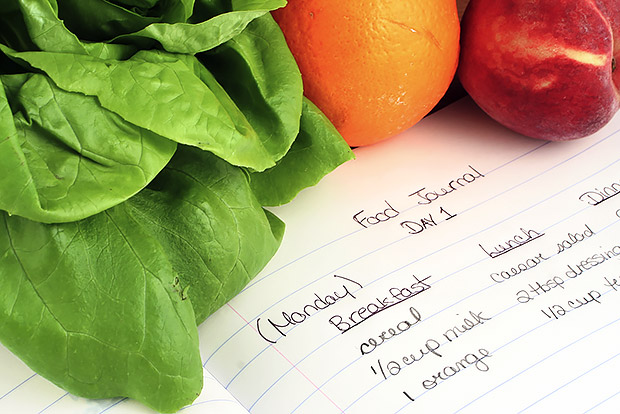
A successful weight loss program is like a recipe. Start with a few key ingredients as a base, add some others for taste and individuality, and you end up with a winning formula for success.
A usual course of events that lead to failure in permanent weight loss goes something like this: You are gung ho and overly anxious to lose weight. You drastically cut calories below what the body needs to perform daily functions. The body attempts to balance out this deficit by decreasing metabolism — the rate at which the body uses calories.
The body is very resourceful when it is stressed, so it dips into its fuel reserves. Although these reserves include fat stores, the body views muscle as a good fuel source too. As the body uses its own muscle, thus decreasing lean body mass, metabolism further decreases. You lose interest in the restrictive diet and return to a typical eating pattern. However, this time around, since the body has less muscle mass and a lower metabolism, you actually gain weight and surpass the initial starting weight. This vicious diet cycle only leads to repeated failure.
There are two major ways to combat this no-win situation and put the odds back in your favor. One is to never drastically cut back on calories. Calorie reduction should be slow and minimal — about 250 calories a day less than you're accustomed to consuming. Look back over your food diary and identify small areas that you can adjust to cut calories.
Exercise is the other key ingredient to outsmarting your body's defense against starvation. If you are actually using your muscles by engaging in exercise, your body will not regard them as a primary means of fuel. Using your muscles relays the signal to your body that you need them and that breaking them down for fuel to meet the needs of the rest of your body is not a good idea. In addition to maintaining or even increasing your muscle mass, exercise also gives your metabolism a jumpstart. This boost in metabolism extends beyond the exercise session and can help you burn even more calories.
If you use 250 calories a day by exercising, and decrease your caloric intake by approximately 250 calories a day, your total caloric deficit is 3500 calories for the week. This will result in a loss of one pound per week. The good news is that it's one pound of fat — not lean body tissue!
Losing weight slowly through small changes in your eating and exercise habits helps you to successfully keep it off long term.



 8 Ways to Overcome a Lack of Support for Weight Loss
8 Ways to Overcome a Lack of Support for Weight Loss
 6 Tips for Controlling Portions
6 Tips for Controlling Portions
 Some People Dream of Success
Some People Dream of Success
 5 Breakfasts Under 300 Calories
5 Breakfasts Under 300 Calories
 4 Things to Know About Negative Calorie Diets
4 Things to Know About Negative Calorie Diets
 Healthy Ways to Motivate Your Friends
Healthy Ways to Motivate Your Friends
 15 Bites and Nibbles That Keep You From Losing Weight
15 Bites and Nibbles That Keep You From Losing Weight
 Recover from Weight Loss Setbacks
Recover from Weight Loss Setbacks

 Pinterest
Pinterest RSS Feed
RSS Feed